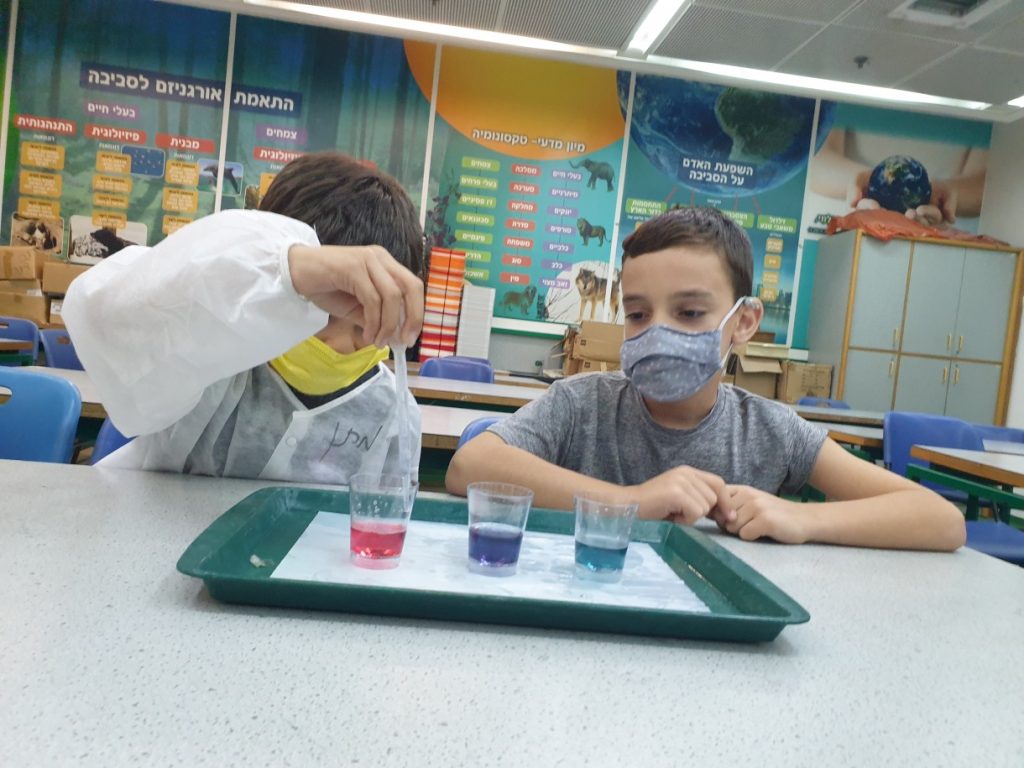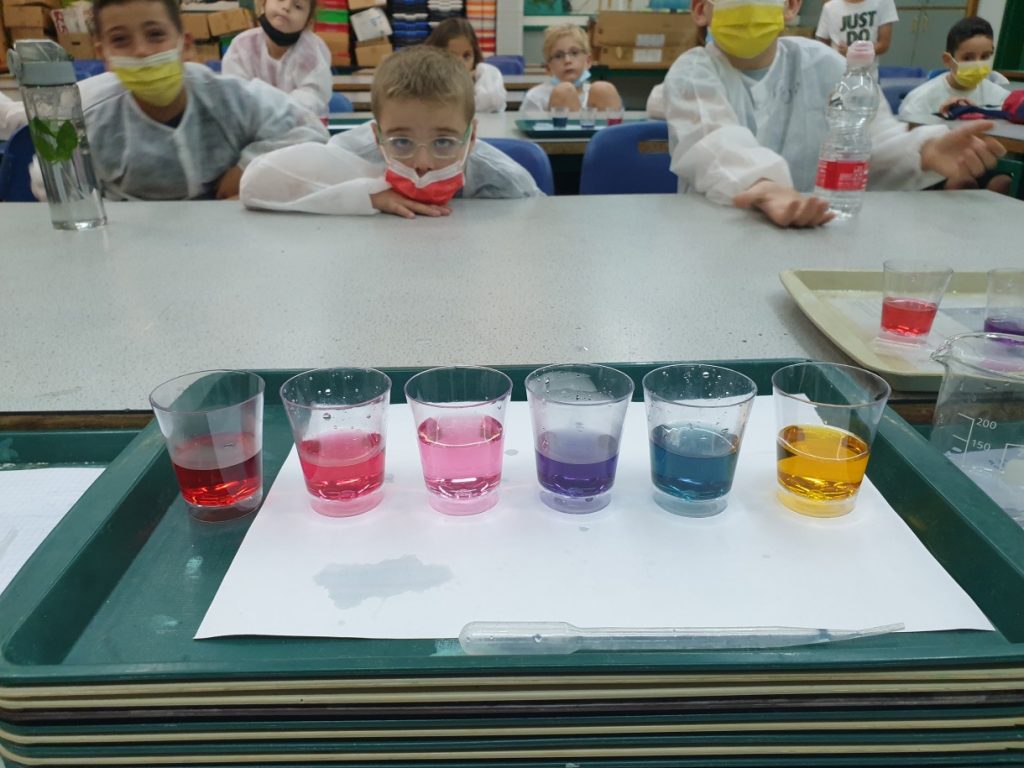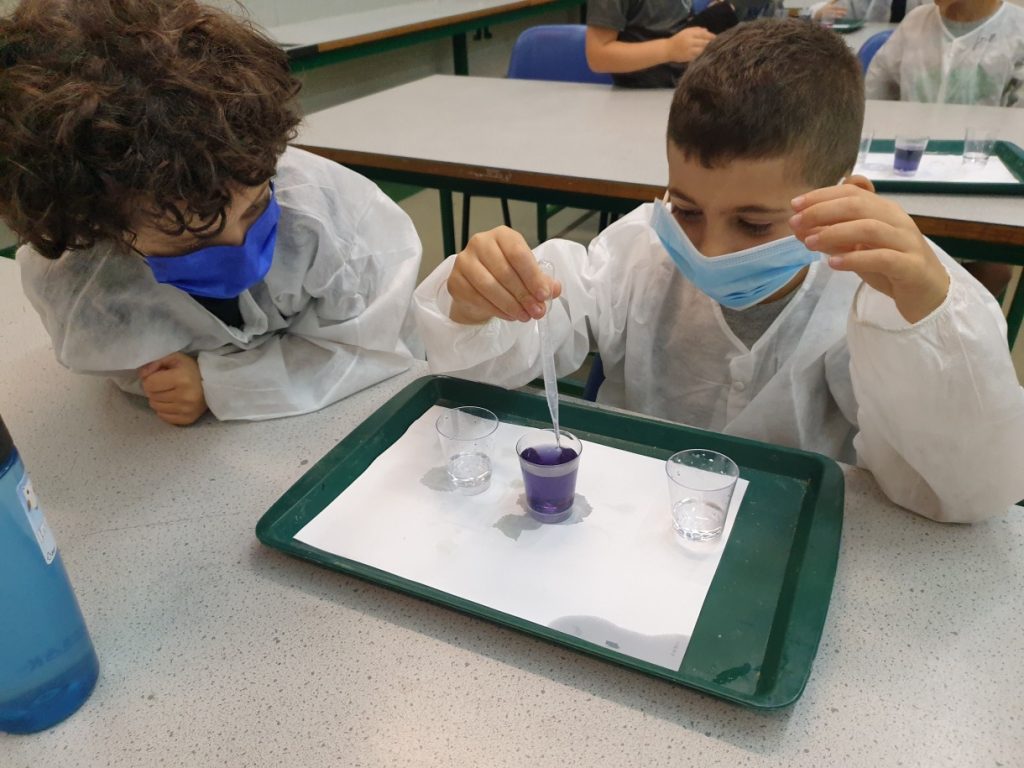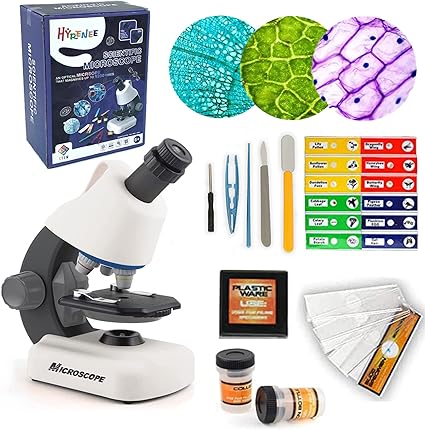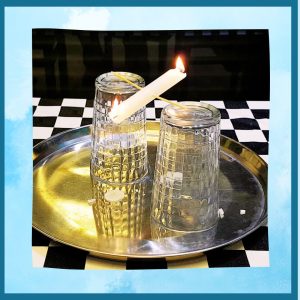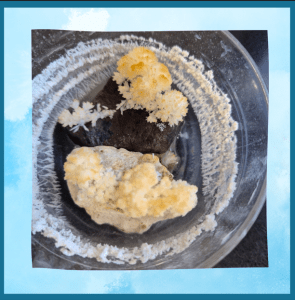Red Cabbage Indicator
One of the fundamental concepts in chemistry is understanding acids and Alkalis. While there are precise ways to measure pH levels in a lab, you can easily demonstrate acid-base reactions at home using a red cabbage indicator solution.
This experiment involves extracting pigments from red cabbage leaves and using the liquid as a simple indicator to test the acidity of various household substances. The cabbage juice solution changes colors when exposed to acids or bases, allowing you to visually identify if a material is acidic, alkali, or neutral.
The red cabbage indicator experiment is an easy, low-cost activity suitable for chemistry lessons or simple science exploration at home. It teaches the fundamentals of acid-base theory through a hands-on approach using natural ingredients found in most kitchens. Follow the steps below to conduct this classic chemistry demonstration yourself.
Materials:
- Red cabbage
- Pot + water
- Baking soda
- Vinegar
- Additional materials to test (dish soap, laundry detergent, soda, orange juice, toothpaste, etc.)
- Clear glasses
What to do?
- Boil 3-4 purple cabbage leaves in 2 cups of water on the stove. Boil for about 5 minutes.
- Strain the liquid and let it cool slightly.
- Pour some cabbage juice into 3 clear glasses.
- Add 10 drops of vinegar to one glass.
- Add a teaspoon of baking soda to the second glass.
** You can pour cabbage juice into additional glasses and test other things.
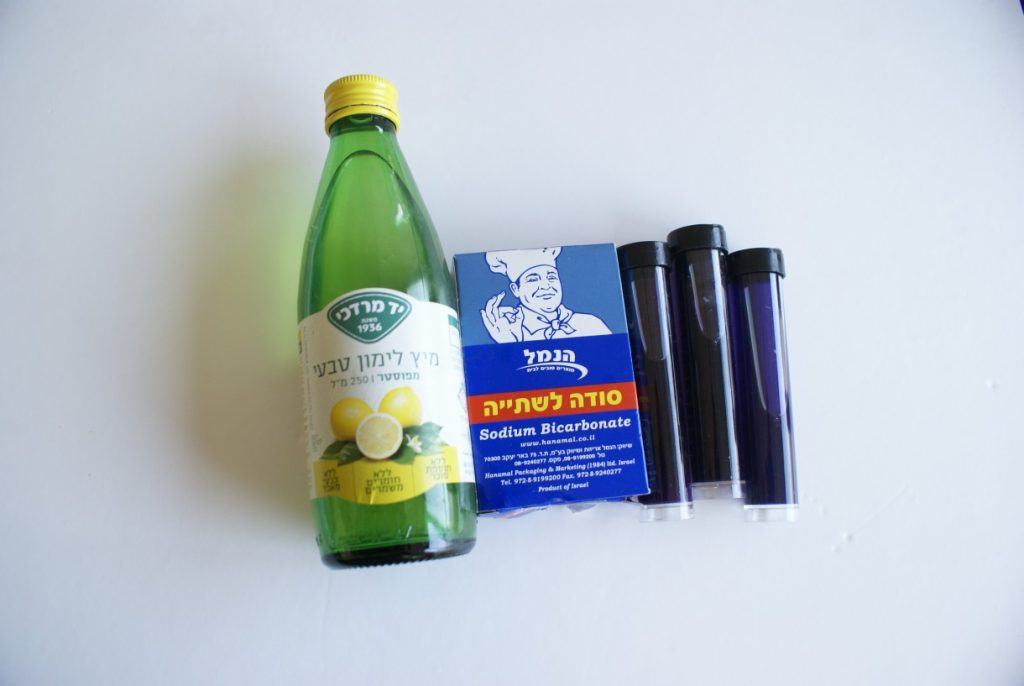
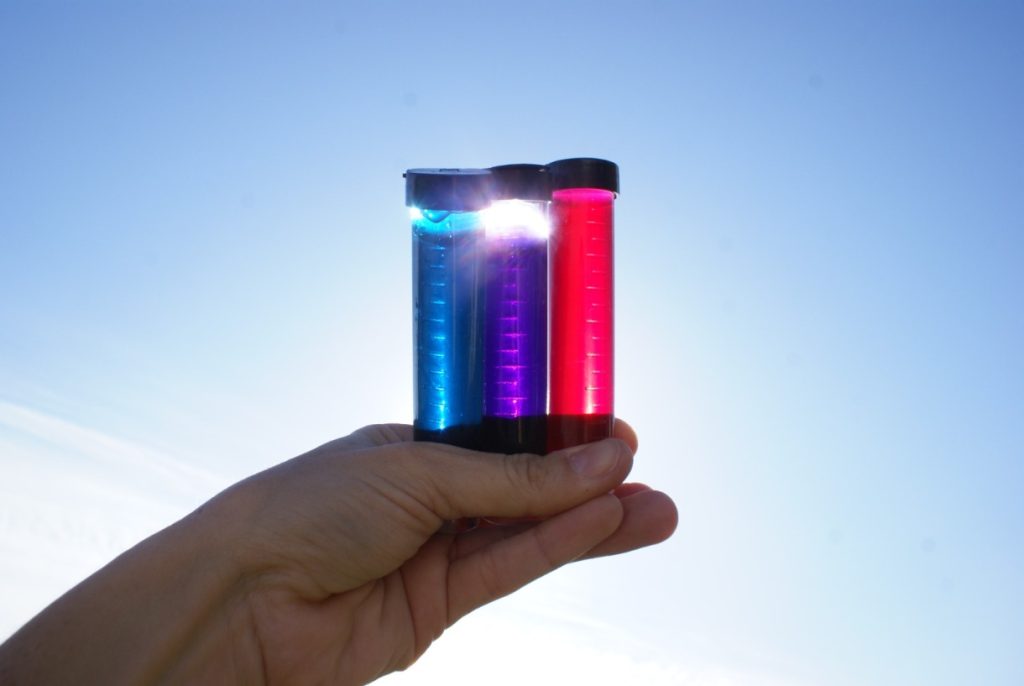
How does this happen?
**Acids** are compounds that dissociate in water into hydronium ions, resulting in a pH level below 7. Acids play an important role in many chemical processes and are used in our daily lives. Our stomach contains acids that help digest food, car batteries contain sulfuric acid, and various drinks and foods contain acids. Weak acids have a sour taste (e.g., lemon contains citric acid). However, we should not taste unknown substances to determine if they are acidic, as some acids are toxic and very dangerous!
**Alkalis** are compounds with a pH level above 7 in an aqueous environment.
The **pH scale** measures the acidity of acids and Alkalis. The higher the value, the stronger the Alkali; the lower the value, the stronger the acid. 7 is neutral (the pH of water).
Acids and Alkalis surround us in daily life and have many uses.
Cabbage juice acts as an indicator, allowing us to roughly determine the acidity of a solution:
Cabbage juice changes color when exposed to acidic substances, turning shades of pink and red depending on the acidity level, and shades of blue, green, and yellow if it is an Alkali.
Looking for more science experiments for kids? Check out the <<Fire Extinguisher>>
We’d love to showcase your creativity!
Share pictures of your experiments with us, and together, we can inspire young scientists everywhere!

